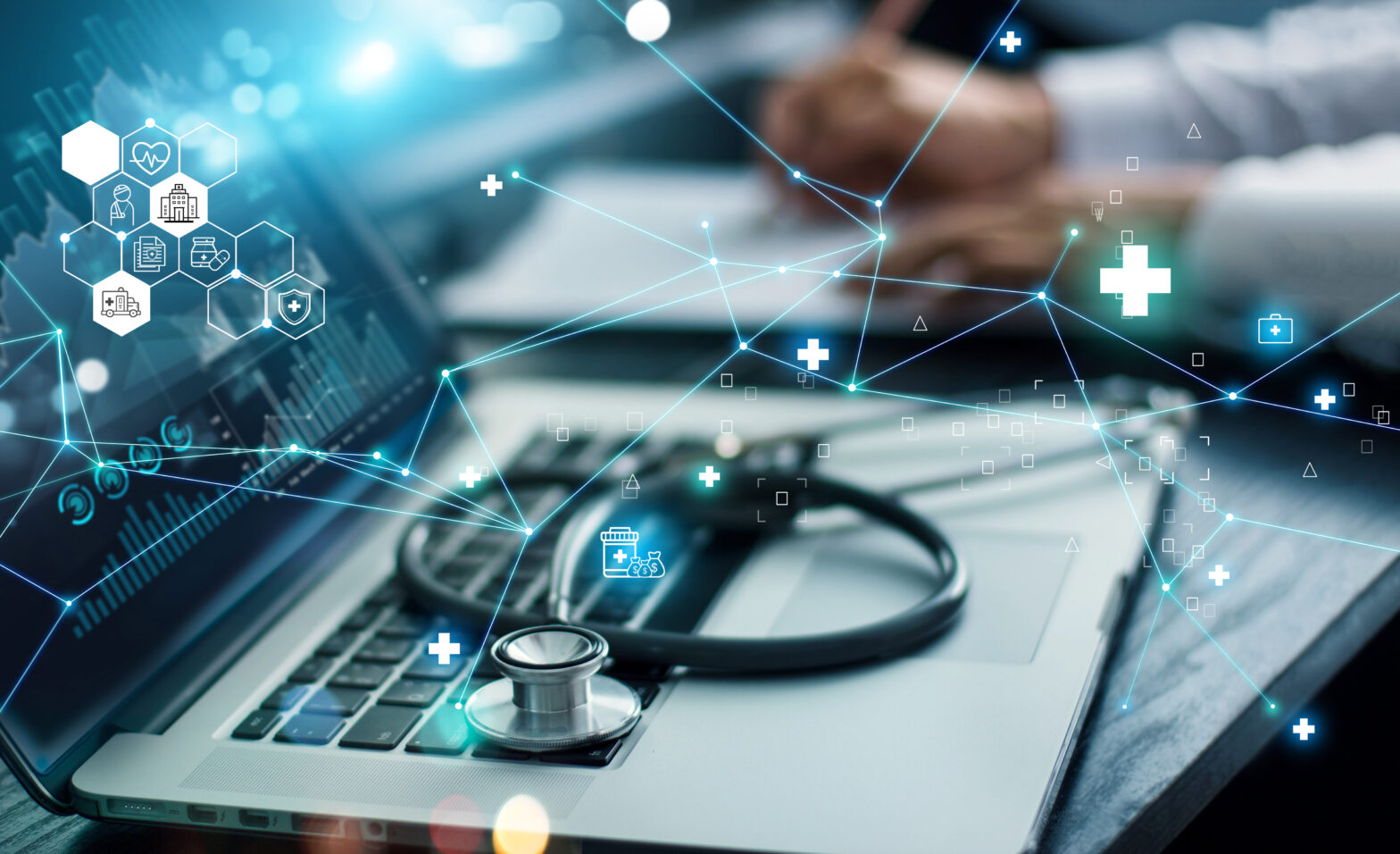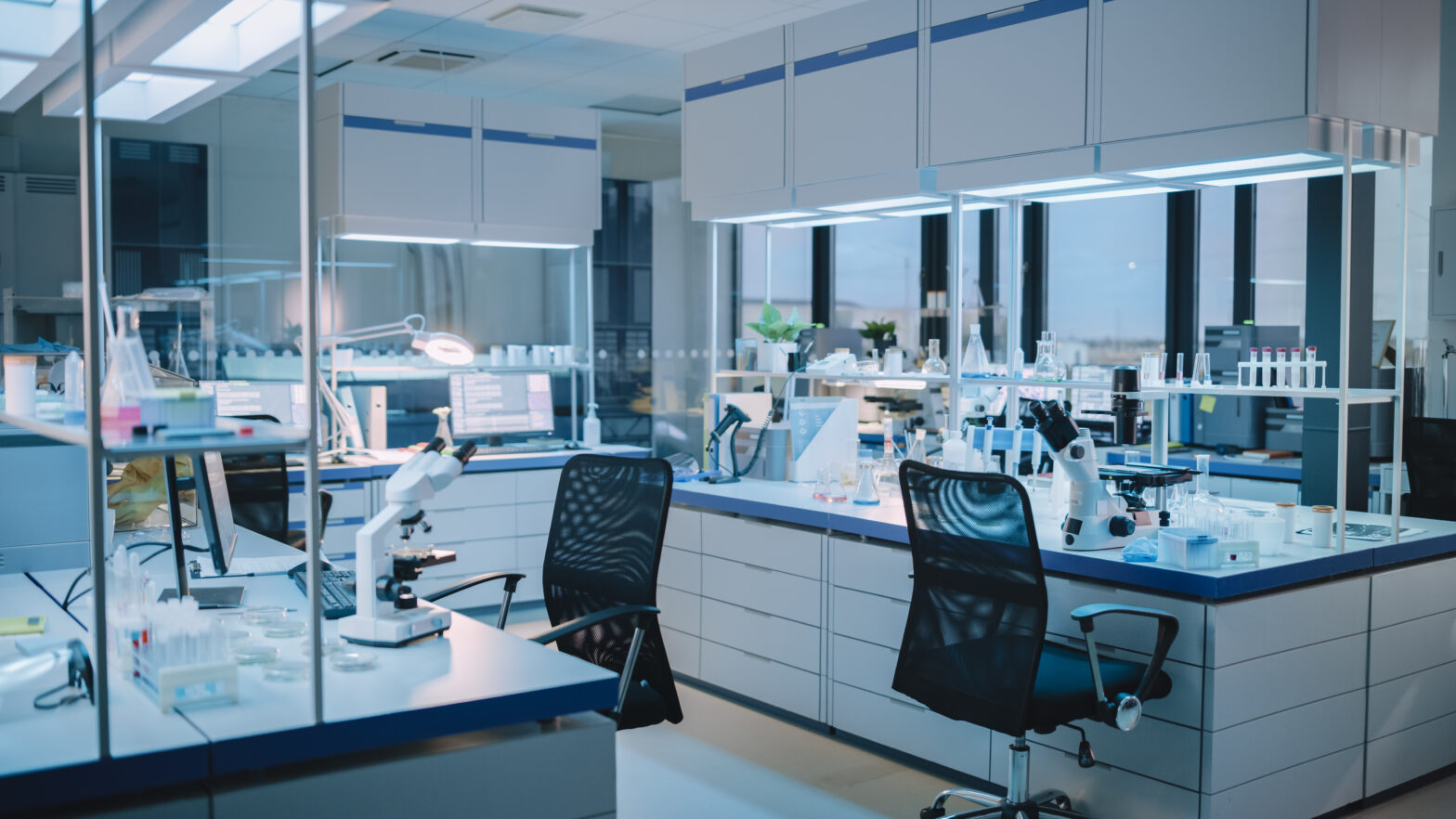Just five years ago, the medical device connectivity market was largely insignificant, but has since caught up rapidly, and is expected to grow at an astounding CAGR of 38% over the next 5 years by adopting the capabilities of the IoT.
This intense growth owes much to the increasing connectivity of medical devices and personal health tracking devices on the market, which is leading to an explosion in healthcare big data.
Medical equipment and personal health and fitness trackers collect terabytes of data each day, most of which goes unutilised beyond monitoring any potentially catastrophic situations.
However in the future, the application of advanced analytics to healthcare ‘big data’ will have far reaching implications on the industry overall, with the global healthcare analytics market expected to reach $20.8 billion by 2020.
The growing bank of data derived from patients, devices and healthcare operations is opening up new avenues for building silent intelligence, which has the potential to transform the way we look at healthcare.
It can be called ‘silent intelligence’ because these new data sets are going largely unnoticed by the mainstream medical industry, but instead are being carefully evaluated by bold entrepreneurs with a ‘big data mindset’.
It is this mindset that has brought to market some of the most disruptive companies in recent times, such as Uber and AirBnB, and we should expect equivalent companies to soon emerge in the healthcare sector.
> See also: This busy hospital is digitising its vast medical records 2 YEARS ahead of schedule – here’s how
On the whole, most companies that have achieved success thus far have followed fairly common strategies which are becoming increasingly pervasive in industry today. While some of these strategies are clearly apparent in fast-moving, digital and technology-led industries, the healthcare industry seems to be reluctant to adopt them at the outset.
With this in mind, here are five recommendations for healthcare organisations to ensure they fully embrace the power of the IoT:
Don’t rely on your IT department for innovation
Today, the cloud has become the default platform for digital innovation, and the IoT is no exception to this rule. IT departments have often been accused of holding innovation back in the past, yet nowadays it’s hard to find a single fast-growing health app which utilises in-house IT departments and ignores independent cloud platforms.
The latter is favoured not just for its scalability and cost advantages, but also for promoting rapid adoption amongst like-minded entrepreneurs which has allowed them to pitch in with their value-added services so that the value of the network within the IoT ecosystem increases exponentially.
Cloud has become default option for consumer facing applications. When you are speaking of security of connectivity and information, cloud is not any less secure than those provided by corporate IT departments.
Open up your products to the power of the IoT
The power of the Internet of Things is dependent on the value of the network from which it originates – and as affirmed by Metcalfe’s Law, ‘the value of a network is proportional to the square of the number of connected users of the system’.
How does this apply to IoT solutions? The more users interact with the solution, the more valuable it gets. It is therefore vital that entrepreneurs design their IoT medical equipment, applications or solutions in a way that democratises the big data they generate – thus allowing all the relevant stakeholders can join the party.
They should do this by creating open architectures which allow stakeholders to freely interact with the product in question, permitting them to record the number of people who interact with it and making the information surrounding the use of that equipment completely open.
This allows entrepreneurs to open up innovation to numerous stakeholders within healthcare organisations including patients, doctors, service engineers, dealers and so on. By collecting data from these stakeholders within the supply chain, they are able to generate a huge compound value and provide them with insight beyond that which is expected.
For example, this data could establish the effect of specific medicines doctors prescribe on patients, or inform patients with additional information on their condition, either in terms of their ‘positive’ health or severity of a specific disease.
In order to produce a much broader compound value, first of all at the device level you need to resolve any disagreements in protocol within the connectivity community. The ideal scenario is to build a whole state-based distributive information architecture which can thrive independently and collectively, although this can prove difficult for those who grew up within client-server architectures.
Our main struggle today revolves around understanding and producing the kind of reference technology architecture needed to realise the potential of the IoT, and this consequently makes it hard to visualise the shared business models.
Reinforce the value of remote monitoring
You’d be forgiven for reading the above and thinking that ‘remote monitoring’ was a thing of the past – yet in personal health it remains a huge market, for a variety of reasons. From tracking hospital assets and patients with real-time location systems and radio-frequency identification to remotely monitoring hospital equipment, the global healthcare sector is in for a dramatic change.
Soon patients won’t need to visit the doctors for a blood-pressure reading: machines will be able to automatically take their readings and inform both them and their doctor if any anomalies arise. Compare that to say your bank notifying you when your account is overdrawn, and it doesn’t seem such a crazy suggestion.
Some companies such as BodyMedia, a leading medical technology company, have already begun exploring this space by developing sophisticated algorithms which measure patients’ physical activity and designing dashboards which interpret and illustrate readings taken in real-time – a simple and straightforward solution that actually sells today.
The potential within this sector is enormous, and it’s conceivable that in the not-too-distant future, every human body will be connected to the network through worn, nonintrusive biomedical devices, many of which will be embedded in everyday clothing. Manufacturers may initially consider launching such technologies in less-regulated markets in the developing world, from which more innovation originates and laws governing the use of such devices aren’t yet in place.
Be open to unlikely alliances
We are living in an age of knowledge spillovers, where innovation within one firm/sector often has the unintended effect of stimulating growth within a neighbouring sector or rival firm. These spillovers make spectacular innovations possible, as firms begin to identify seemingly unrelated players collaborating with them to create value.
For example, Ford is working with the healthcare industry on a solution that would notify a nearby hospital if a person suffers a heart attack in their car, and can send an ambulance before the person is even aware they are having one.
> See also: How to plan a hospital environment for the Internet of Things
General Motors’ subsidiary OnStar is also one such application built with on the back of an ‘unholy alliance’; based on wide-ranging vehicle sensor data, OnStar is an in-built software installed in GM’s cars which notifies emergency services and hospitals of car crashes and potential injuries.
Always look for secondary and tertiary value from data
Usually it’s easier to come up with a use-case that solves a well-known (old) problem in a new way (through technology), as just described in the asset tracking use case. But it’s often the subsequent uses of data that can create interesting solutions in the market.
For example, many people exercise unevenly, distributing more weight on one leg than the other, which can lead to injuries. Wouldn’t it be beneficial if your shoes could warn you about your unhealthy exercise habits so that you can do something about it and avoid an injury? Second, surely a running shoes manufacturer would benefit from knowing how their products are being used, how often, and where most wear and tear occurs, so that they develop better shoes?
What’s more, the data that these devices generate will only help to improve their quality, as this intelligence is added back into the devices and other healthcare applications. This could help create a cycle of improvement, which is undoubtedly a positive development and could see the MIoT market really explode into life.
In summary, by looking beyond IT departments, democratising products, embracing remote monitoring, welcoming knowledge spillovers and looking to draw secondary/tertiary values from data, firms can give themselves a definitive head-start in the race to the Medical Internet of Things.
It’s clear that digital devices will soon become commonplace within the healthcare sector, and that they will form part of an enriched and broad MIoT. Furthermore, with this exponential increase in both connected medical devices and the continual improvements being made in processing data showing no sign of abating, imagination is the only remaining hurdle to overcome if developers are to bring the next big app to market, and bring to the world the healthcare of tomorrow.
Sourced from Bhoopathi Rapolu, Head of Analytics, EMEA, Cyient







